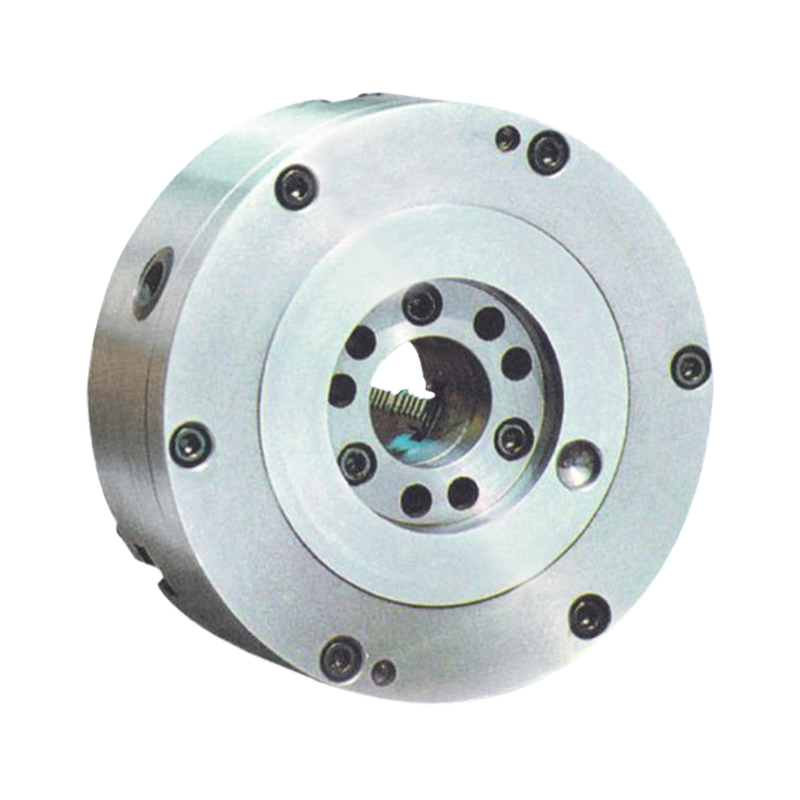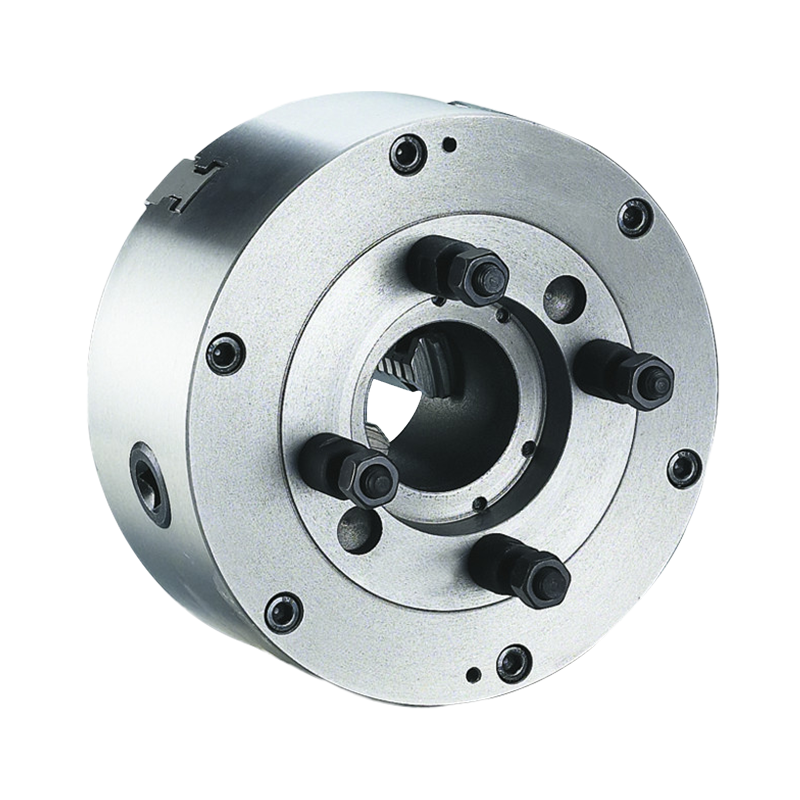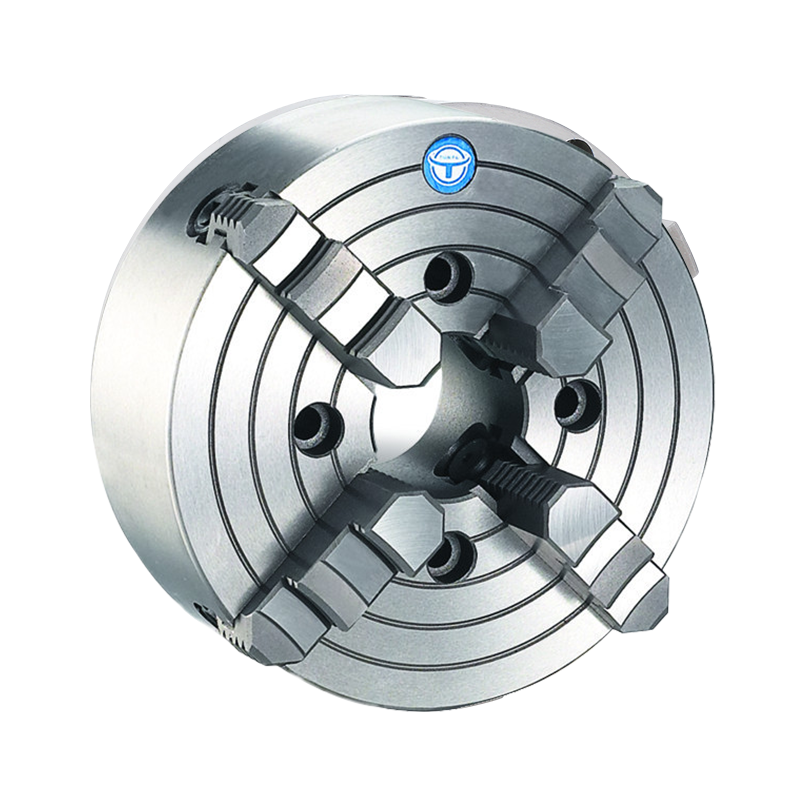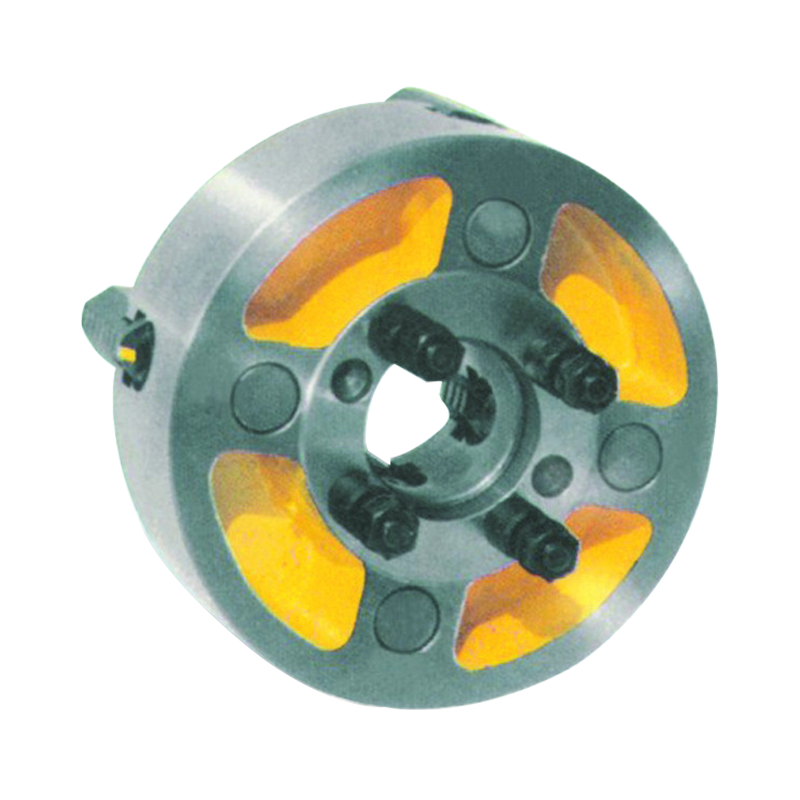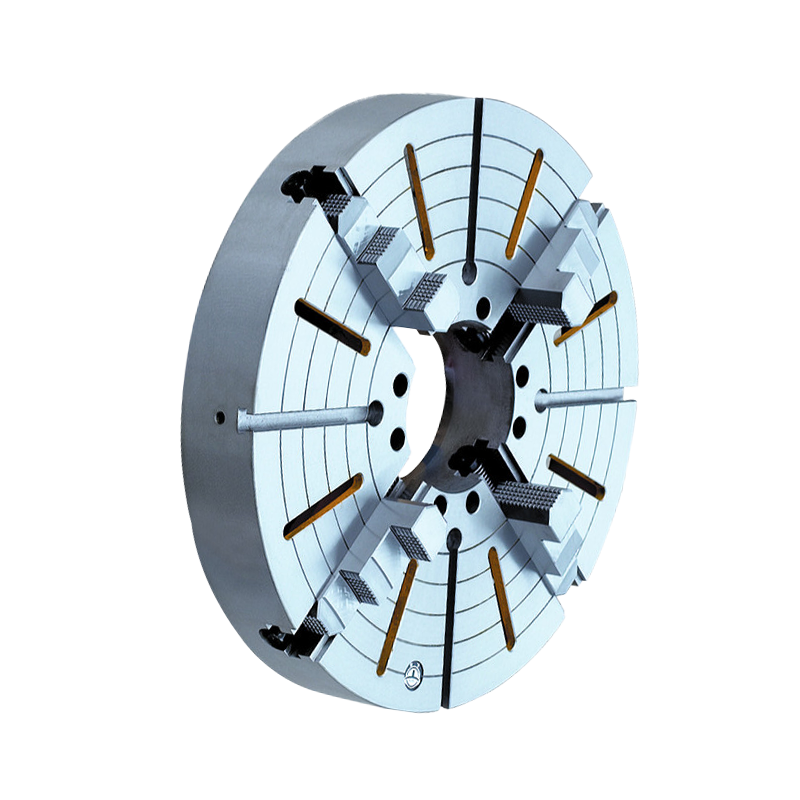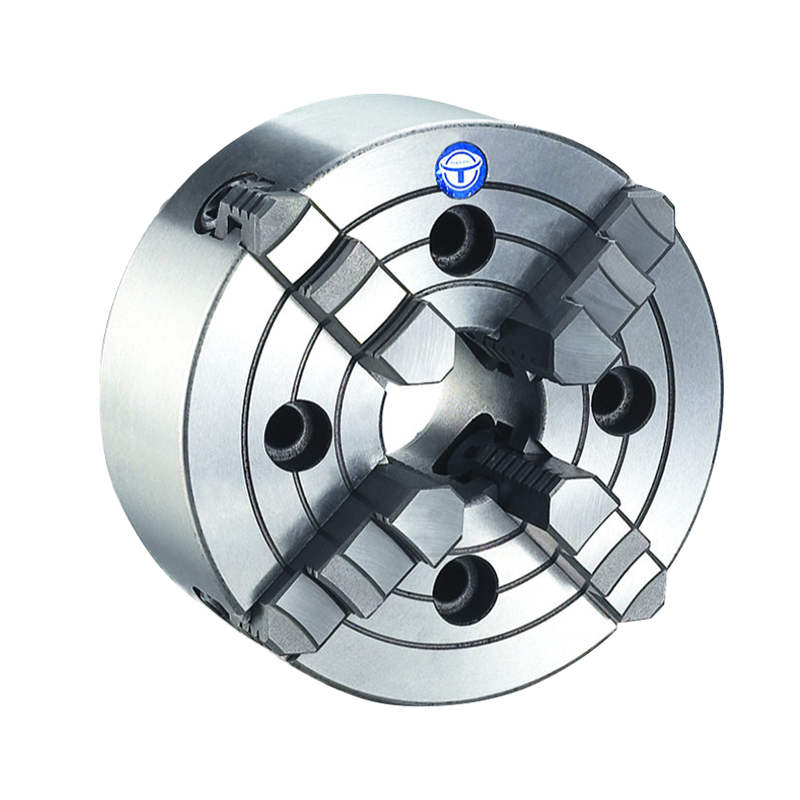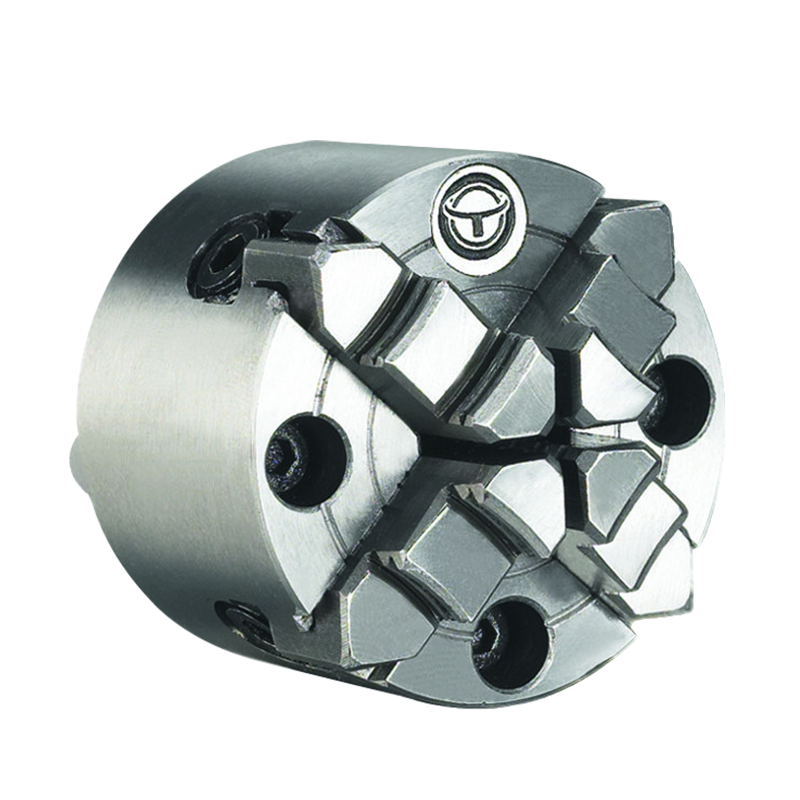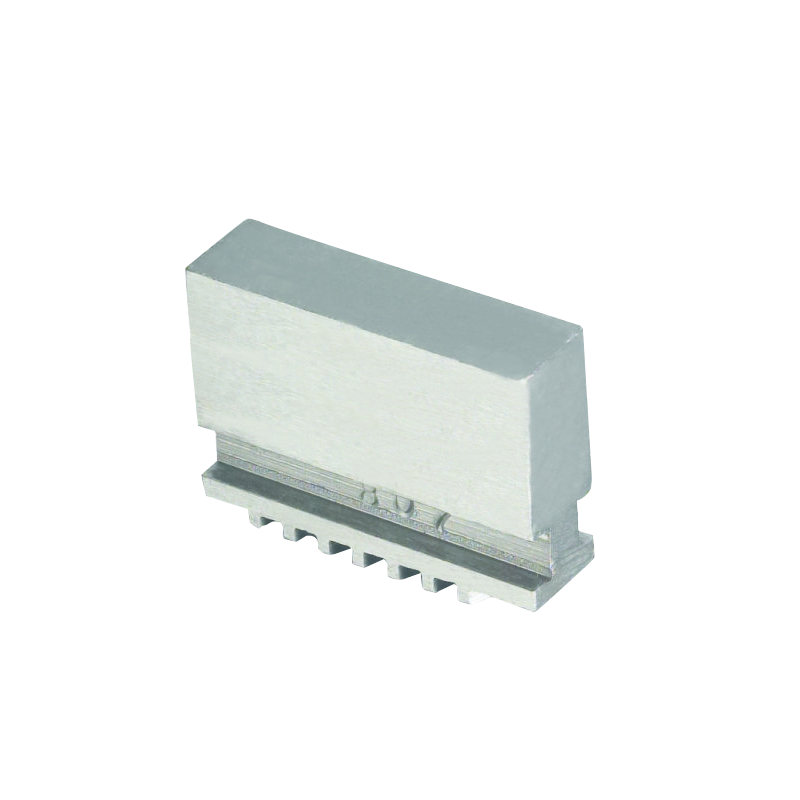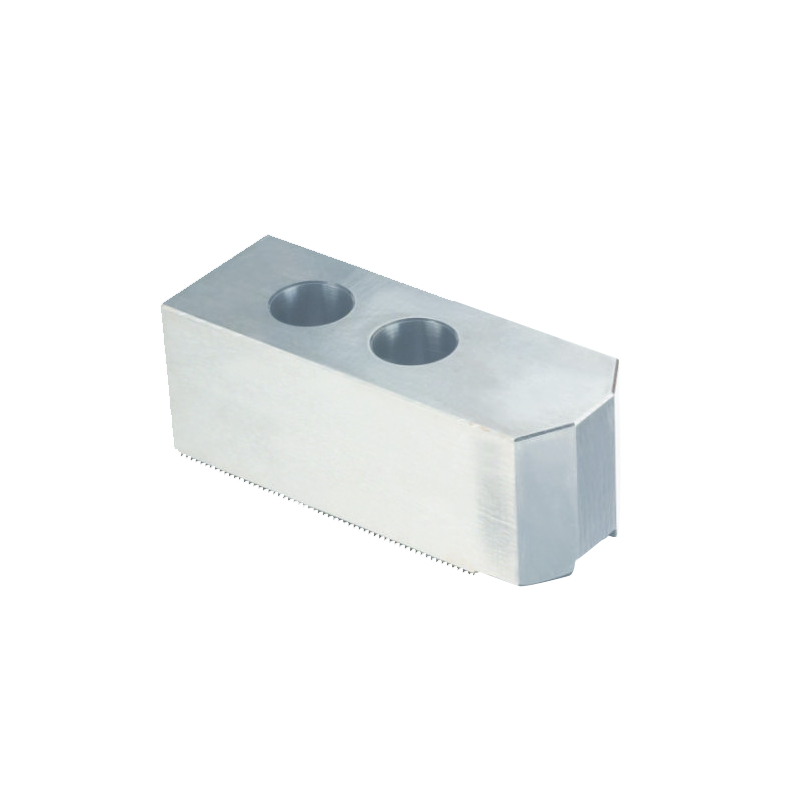Our company is a professional chuck manufacturer with more than 40 years of practical experience. In the manufacture of machine tool chucks, it has strong independent development capabilities and unique manufacturing and processing technical strength.
Design Cheap Self Centering Chuck Manufacturers Makers Factory
In precision machining, the efficiency and accuracy of workpiece clamping play a crucial role in determining the quality of the final product. Self-centering chucks have emerged as indispensable tools in this regard, offering precise and reliable clamping solutions across a diverse range of machining applications.
The development of self-centering chucks traces its roots back to the early days of machining, where manual clamping methods often lacked precision and repeatability. Over time, technological advancements and innovations in materials science have revolutionized the design and functionality of self-centering chucks. Modern iterations incorporate sophisticated mechanisms such as scroll plates, ball bearings, and hydraulic or pneumatic actuation systems, enabling rapid and accurate centering of workpieces with small operator intervention.
At the core of self-centering chucks lies a mechanism designed to secure workpieces with precision and stability. The primary principle governing their operation is the use of movable jaws arranged concentrically around a central axis. Upon actuation, these jaws move simultaneously toward the center of the chuck, exerting equal pressure on the workpiece from all sides. This symmetrical clamping action ensures precise alignment and concentricity, critical for machining operations that demand high accuracy and surface finish.
Self-centering chucks find widespread applications across various industries, each benefiting from their unique capabilities. In metalworking, they are utilized in turning, milling, drilling, and grinding operations, where precise concentricity and repeatability are paramount. In the automotive sector, self-centering chucks play a vital role in the manufacturing of engine components, gearbox parts, and brake discs. Additionally, they are indispensable in industries such as aerospace, medical devices, electronics, and woodworking, where stringent tolerances and surface finish requirements are essential.
The adoption of self-centering chucks offers numerous benefits, contributing to enhanced productivity, quality, and cost-effectiveness in precision machining operations. Foremore among these is improved setup times, as self-centering chucks eliminate the need for manual adjustment and alignment of workpieces. Additionally, they ensure consistent clamping force distribution, small part distortion and tool wear while big machining accuracy and surface finish. Furthermore, self-centering chucks enable rapid tool changes and versatile workholding configurations, enabling machinists to adapt to varying production requirements with ease.
As precision engineering continues to evolve, self-centering chuck technology is poised to undergo further advancements and innovations. One notable trend is the integration of automation and digitalization features, enabling remote monitoring, adaptive machining, and predictive maintenance capabilities. Furthermore, advancements in materials science and manufacturing techniques may lead to the development of lightweight yet durable chuck designs, further enhancing performance and versatility. Additionally, the adoption of Industry 4.0 principles, such as connectivity and data analytics, promises to unlock new insights into machining processes, driving continuous improvement and optimization.
In conclusion, self-centering chucks represent a cornerstone of precision engineering, offering unparalleled accuracy, repeatability, and versatility in workpiece clamping. Across industries, these indispensable tools play a pivotal role in achieving stringent tolerances, surface finishes, and production efficiencies. As technological advancements continue to propel the evolution of self-centering chuck technology, their significance in modern machining operations is set to expand, driving innovation, and enabling new frontiers in precision manufacturing.

 English
English 简体中文
简体中文

